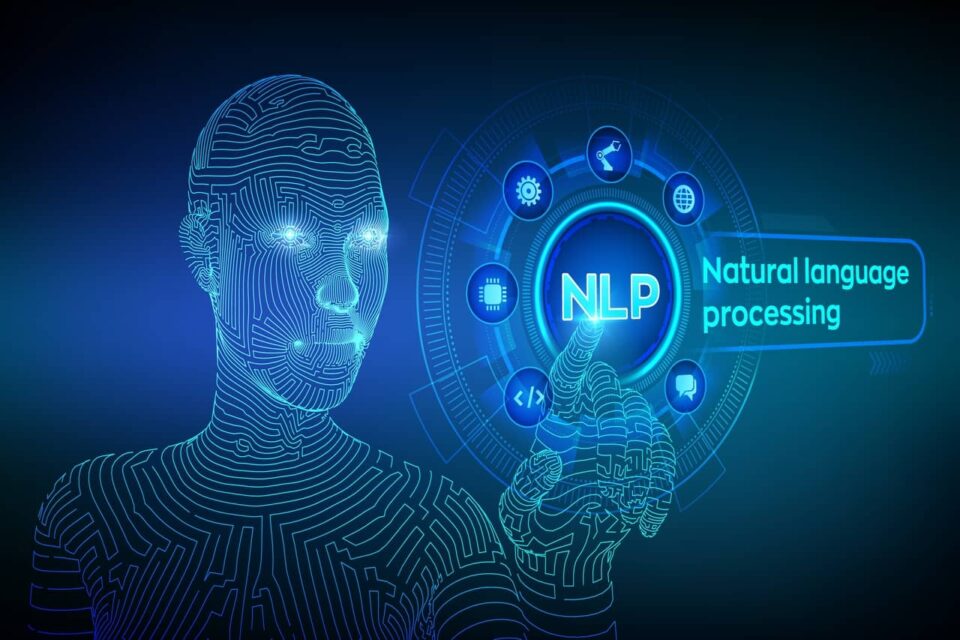Natural Language Processing (NLP) is making our lives easier on every step even if we don’t think about it most.
From language translators to chatbots, NLP’s applications in our lives are far-ranging.
Not only us, it also benefits your business. NLP helps save time on low-skill tasks, monotonous, and helps reduce costs.
That means you can improve your processes, profits, products, by putting more effort and resources.
Here in the article, you’ll know what natural language processing is, take you through some examples of NLP, and how you can use it in your business.
What is Natural Language Processing?
Natural Language Processing (NLP) is a technique of artificial intelligence that lets machines understand and process languages like humans do use deep learning, statistical modelling, and machine learning.
Computers don’t just understand the meaning through NLP, they also understand the intent and sentiment.
Then they learn the storing information, job, and context for strengthening their future responses.
Natural language processing can bring numerous benefits to your business.
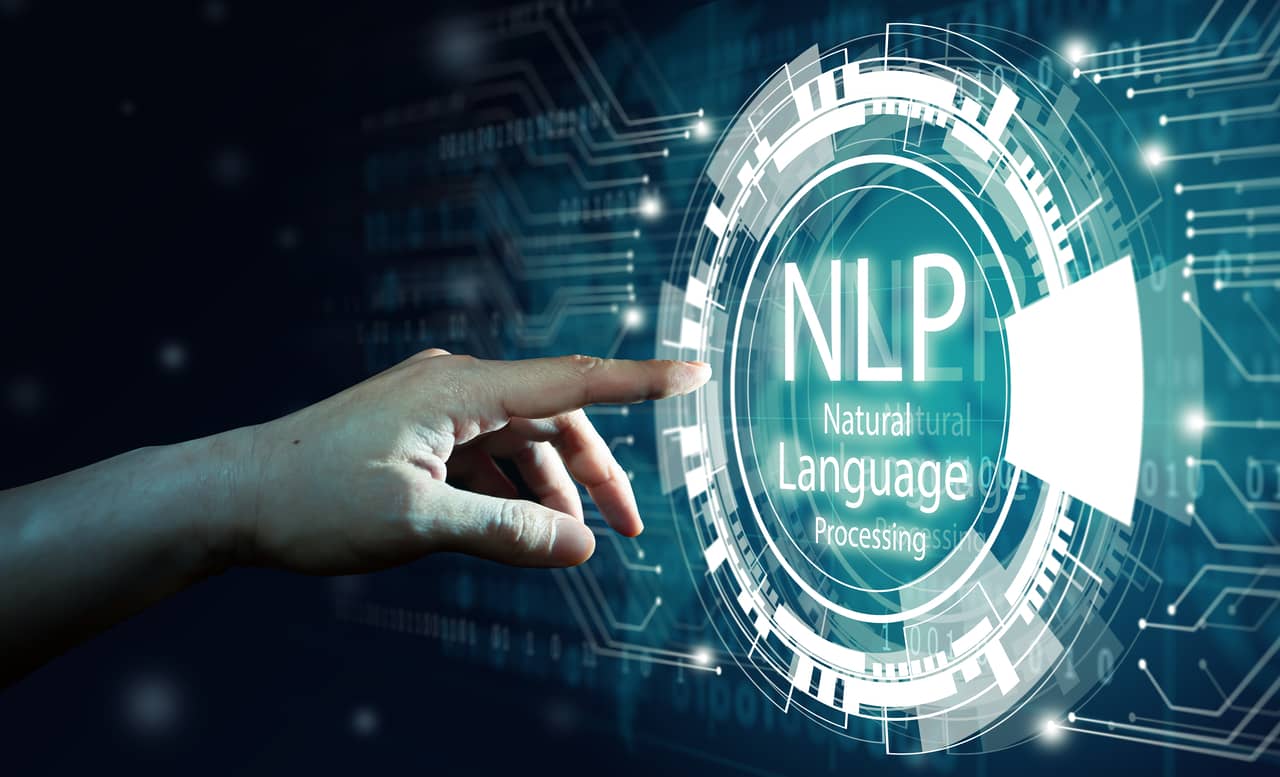
If your business isn’t adopting NLP technology, you are missing out on a great way to gain or automize business insights.
This could in turn lead your business to miss out on growth and sales.
You can also run the risk of lagging from your competitors. A Global Adoption Index reported that half of businesses globally are using applications powered by Natural Language Processing.
Because of the ambiguity of human language, NLP is not perfect. Meanwhile, it came a long way and without it several things like large-scale efficient analysis isn’t possible.
How Does Natural Language Processing Work?
NLP tools using text vectorization transform the text into code that machines can understand.
And then machine learning algorithms given training data and outputs (tags) to train the machines for building associations between a specific input and its analogous output.
Machines use statistical analysis methods for building their “knowledge bank” and anticipate which features represent the texts, before predicting new texts.
Eventually, the more data these algorithms of NLP are provided, the more exact the text analysis models will be.

Sentiment analysis is one of the most popular tasks of NLP, where machine learning models trained to classify the text by opinion polarity (positive, negative, neutral).
The biggest benefit of machine learning model is its ability to learn things without defining manual rules.
All you need is a set of relevant training data with some examples of the tags you want to analyse.
With algorithms of deep learning, you can chain together multiple tasks of natural language processing, like keyword extraction, sentiment analysis, intent detection, topic classification, and more, to work for super fine-grained results simultaneously.
Why is Natural Language Processing Important?
You might be wondering why NLP is important for companies. That’s because human interaction is the motive of most businesses.
Be it a large SaaS brand with hundreds of customers and employees or a brick-and-mortar store with inventory, companies have to communicate during, before, and after sale.
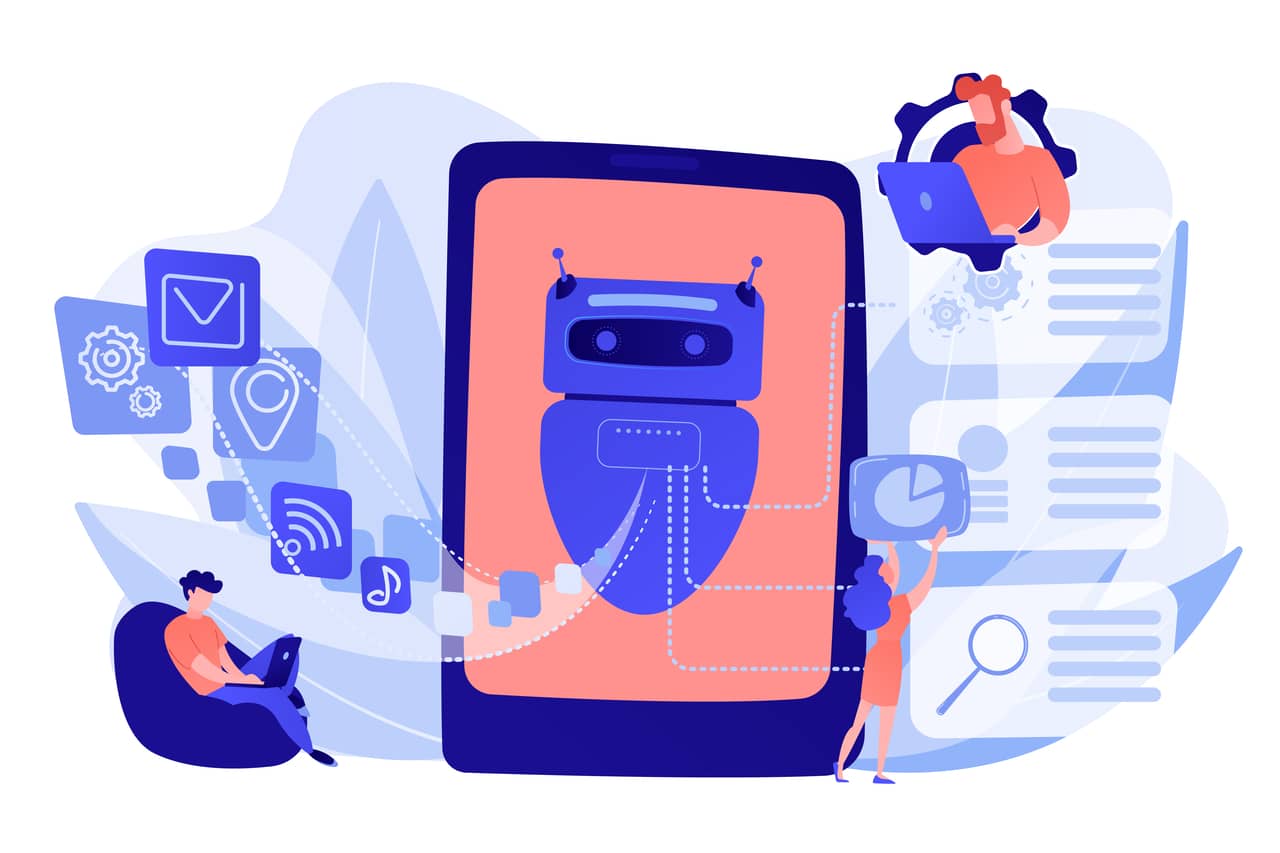
There are countless opportunities for NLP to know and improve how their company operates.
Knowing how does NLP work will help businesses to facilitate, keep track of, and analyse thousands of customer interactions for improving their services and products.
It is possible for employees to interpret and log all existing data on its own, but technologies that integrate with NLP help doing it all.
Also Read: What is Natural Language Processing? All You Need to Know!
How Natural Language Processing is used?
There are a wide variety of different applications for natural language processing.
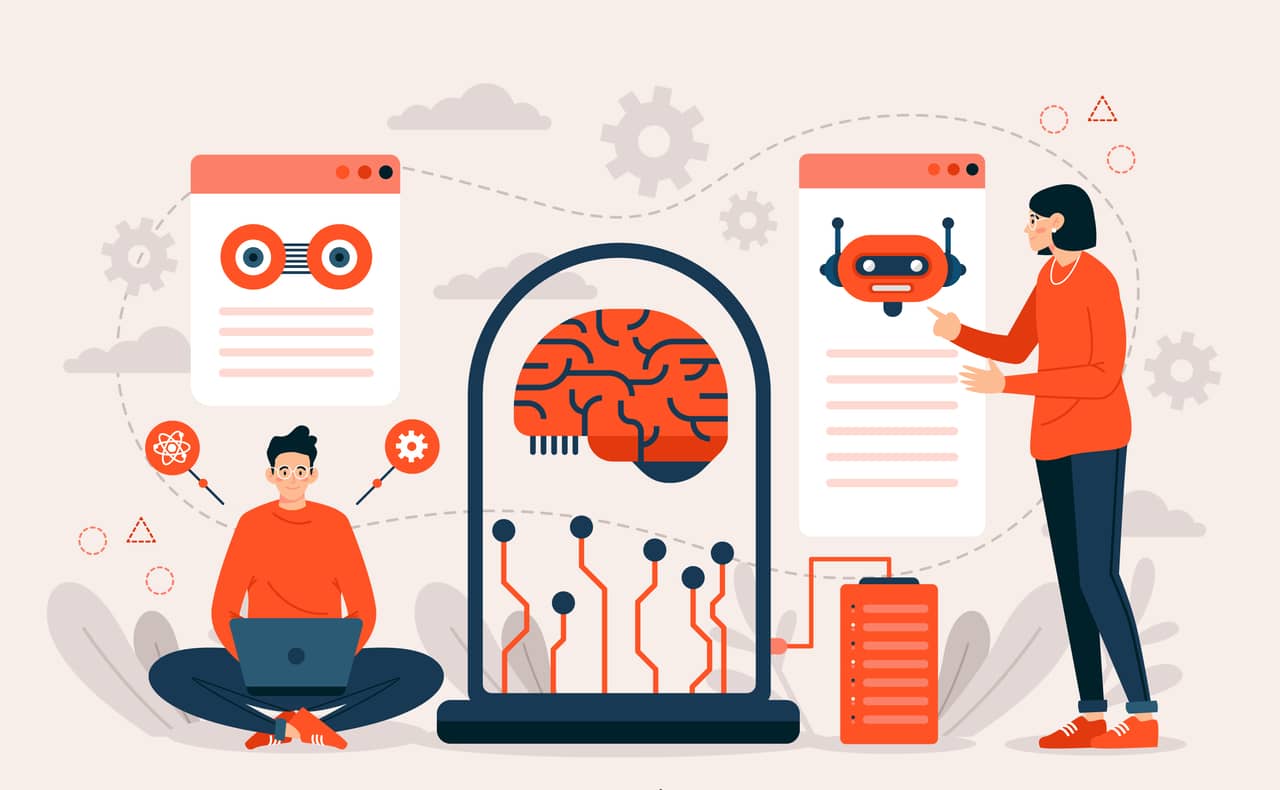
Here are three different ways that companies can use it in their business.
Monitor and Analyse Feedback
Among contact forms, social media, reviews, support tickets, and other communication forms, customers constantly drop feedback about the services or products.
NLP helps in aggregating and understanding all the feedback, turns into actionable insight that can help in improving the company.
Improves User Experience
NLP integrated with a website to provide a more user-friendly experience.
Features like autocomplete, autocorrect, and spellcheck in search bars makes it easier to find the information that keeps them from navigating away from your site.
Automate Support
New advancements in NLP technology have increased their usefulness to the point that live agents no longer need to become the first point of communication for customers.
Some chatbots features include helping users order products or services, navigating knowledge bases and support articles, and managing accounts.
Examples of Natural Language Processing
Natural language processing is growing at a rapid pace and its applications are evolving constantly.
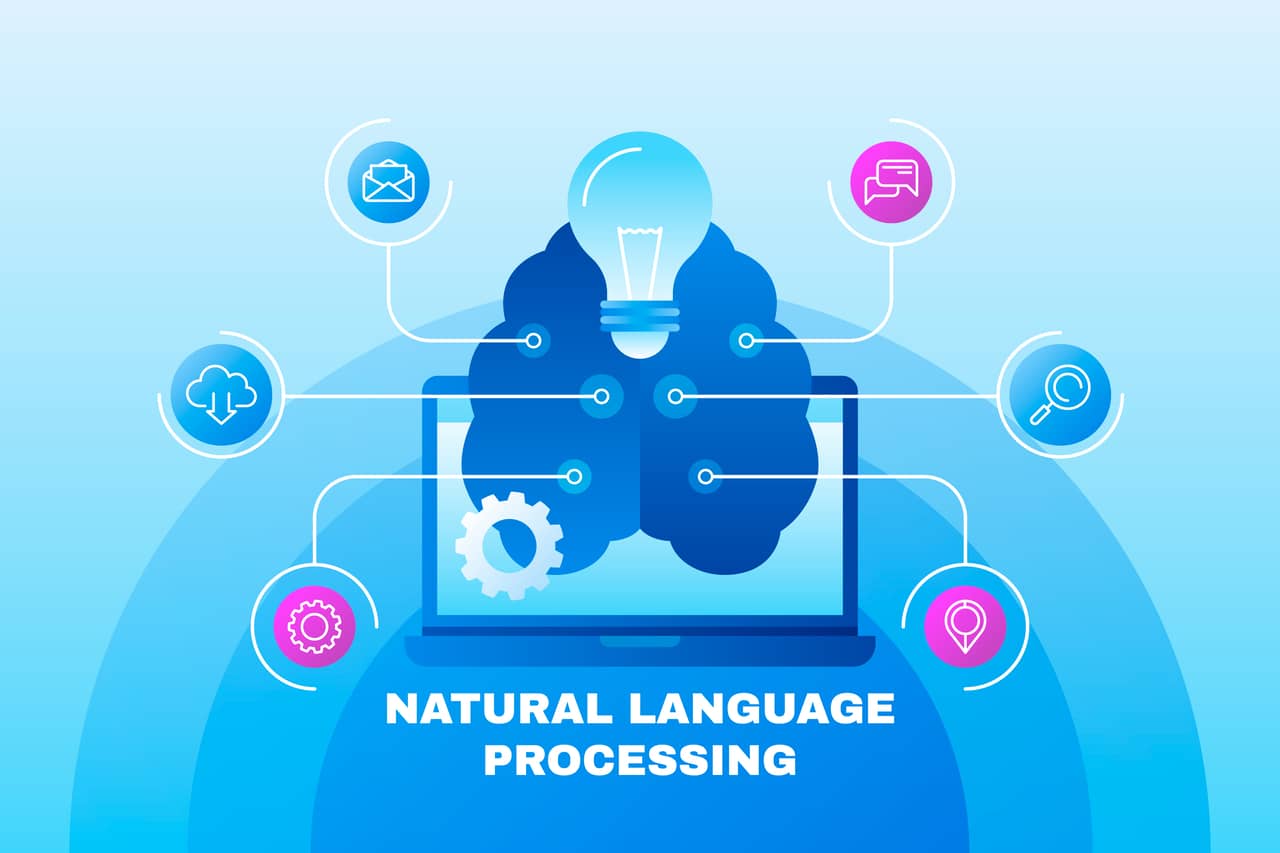
It’s beneficial for businesses as NLP leaves a dramatic effect on how you operate your daily operations.
It speeds up your processes, improves relationships with your customers, and reduces the monotonous tasks for your employees.
-
Natural Translation
Online translators are a powerful tool that Natural language processing gave us. But that isn’t the case.
If you wonder about the previous Google Translator, it only did word-to-word translations. It wasn’t able to translate the whole sentences.
Now, it can translate complex grammatical sentences without difficulties. It is because of NLP combined with ‘deep learning’ capability.
Deep learning is a subfield of machine learning that helps to decode the user’s intent, sentences, and words.
-
Customer Service Automation
During growth periods, customer service costs businesses a great deal in both money and time.
To find ways for countering this with automation is key. Chatbots are the first thing that comes to mind.
But there are basically several other ways of NLP that can be used for automating customer service.
NLP is used for detection of keywords and sentiments in emails.
These emails either receive the automated responses or are automatically assigned with the relevant team.
This helps in keep customer emails for a longer time, i.e., they don’t get lost in the ether and so issues can be resolved directly.
Similarly, ensuring the right query gets to the right team, or supporting ticket routing, can also be automated.
It is helpful by using NLP to understand what are customer’s needs are as per the language they are using. Then it combines with deep learning for execution of routing.
-
Email Filters
Email filters are another example of NLP. A spam filter is the most established and well-known application of the email filters.
Spam makes up around 80% of total email traffic worldwide, and hence these filters are important.
But filters have evolved as a way to help people keep their email inbox organized.
For example, in Gmail your emails can be categorized into social, primary, updates, and promotions.
Behind all these functions, NLP is at work. Underpinned by NLP technology, as your email comes into your inbox, it can automatically be scanned through keyword extraction tools and using text classification.
-
Survey Analytics
When you send surveys to your employees, customers, or any other group, you are required to draw the actionable insights from the data you get back.
Meanwhile, large amounts of information are mostly impossible to analyse.
Here natural language processing performs particularly sentiment analysis and feedback analysis tools that scan text for multiple emotions, i.e., positive, negative, or neutral.
-
Chatbots
Chatbots help businesses in managing customer service queries competently while reducing the load on the human team.
They are available 24/7 that means customers don’t have to wait around until the agent is ready. At the same time, chatbots help in reducing costs.
Without NLP, none of this would be possible that allows the chatbots to listen to what the customer wants, what their needs are, what they are telling, and to provide them with an appropriate response.
This response then further enhanced when it uses intent classification tools and sentiment analysis.
These are the most common examples of NLP that you encounter in your daily life and are mostly helpful for customer service teams.
Final Words
As companies talk to customers in their language, the demand for solutions of natural language processing is increasing.
Earlier, one report stated that the market of NLP will grow by 18.4% annually and in 2020, it was worth $13.4 billion.
That is no wonder, it is growing rapidly. In an innovative world, where mostly are time-pressed shoppers, retailers want to get things right—initially. Natural language processing gets them there.
Two-way communication has always been key to growing effective sales. Even though most things are digital, it hasn’t changed yet.
This fascinating NLP technology helps businesses to keep a business on its customers’ mind-map and evolution of it has just begun.
To streamline certain areas of businesses and reduce the labor-intensive manual work, it’s essential to tackle the power of artificial intelligence.
For businesses, it is essential to know how does NLP work, and why NLP is important, so they won’t miss out on a greater chance of sales and growth.
Meanwhile, when you are mostly dealing with humans then your technology has to speak the same language as them.
Adoption of natural language processing is a must!


